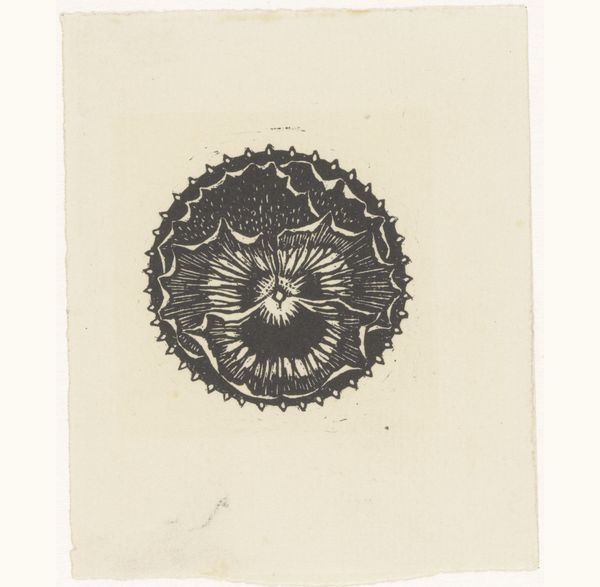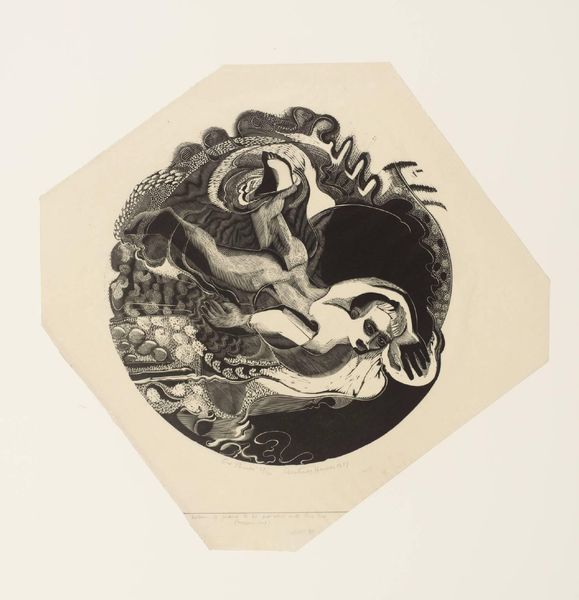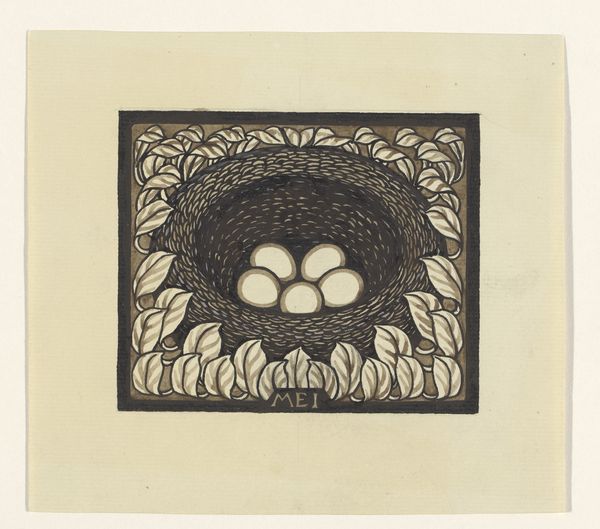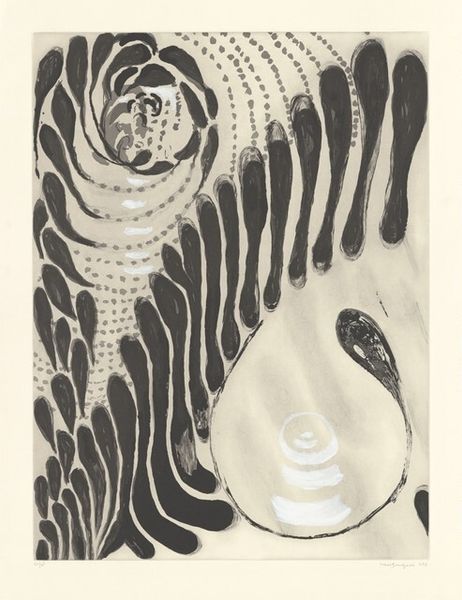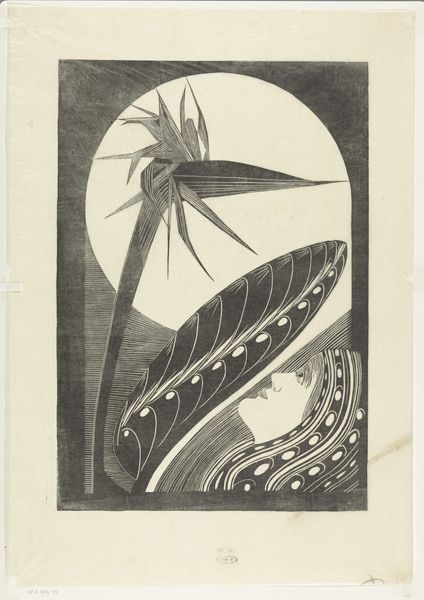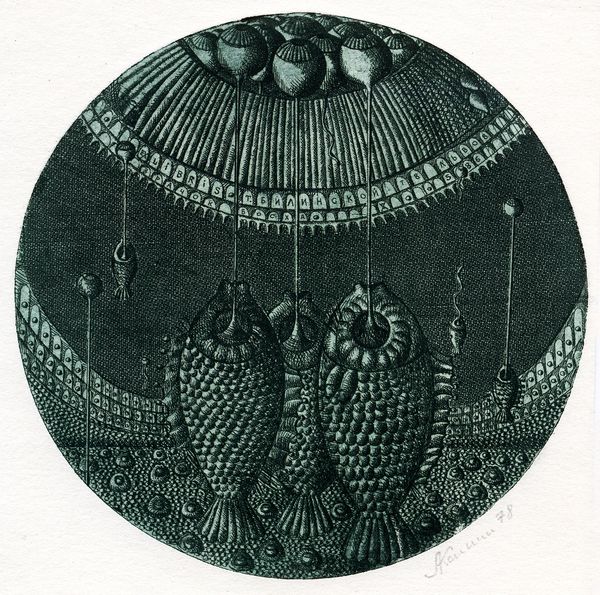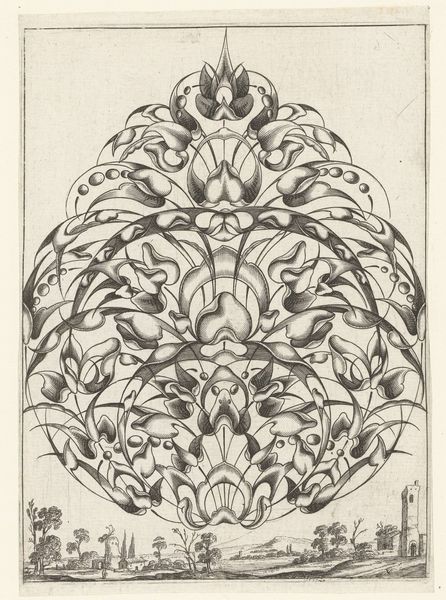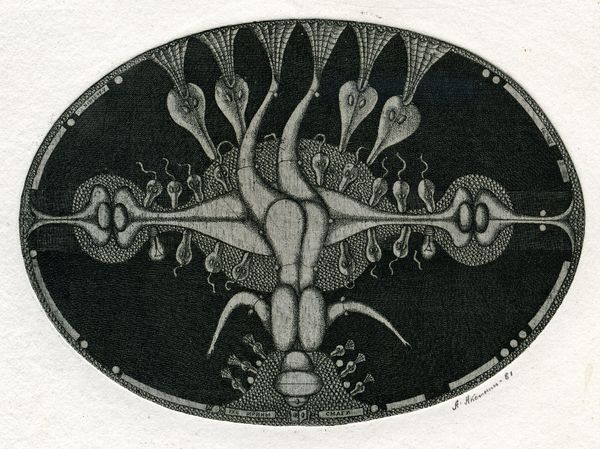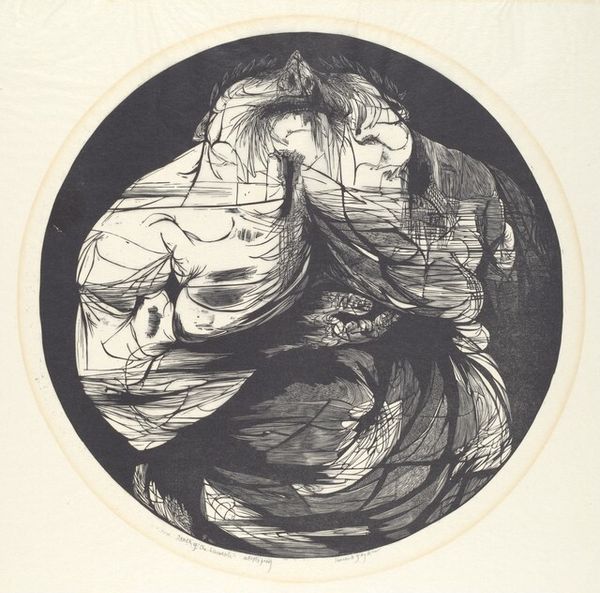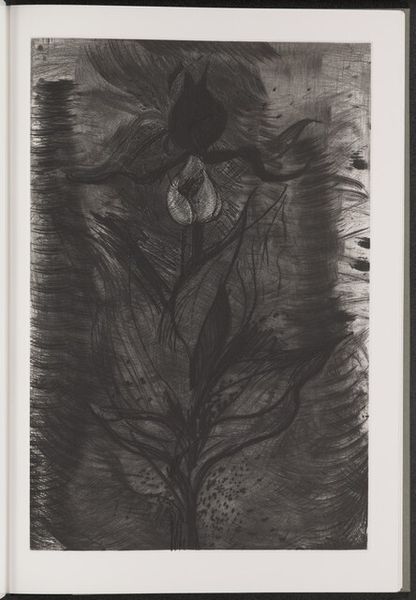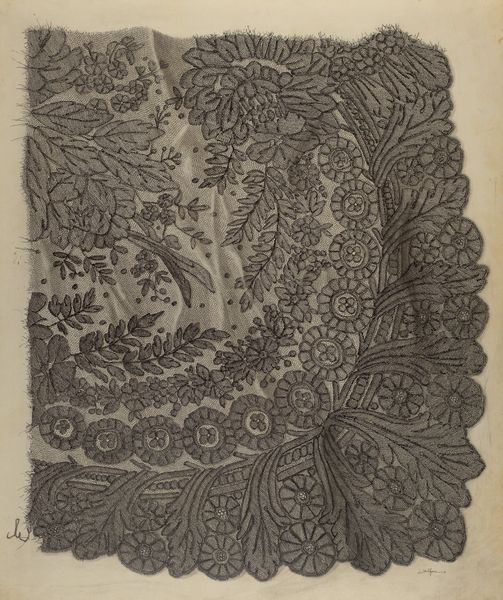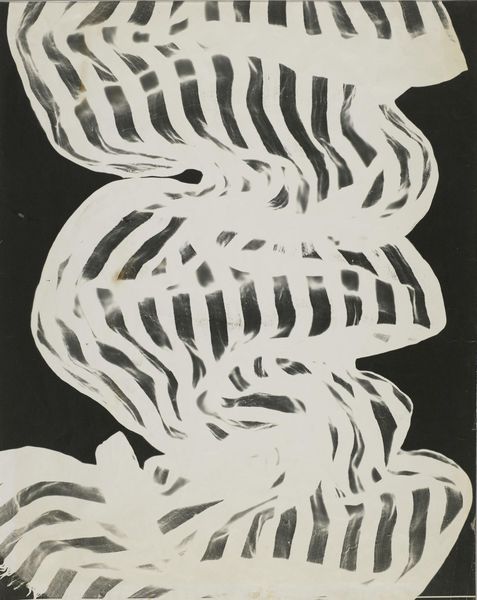
glass
#
art-nouveau
#
glass
#
geometric
#
abstraction
#
line
#
decorative-art
Dimensions: Diam. 13 1/16 in. (33.2 cm)
Copyright: Public Domain
Editor: This is "Plaque" created in 1893 by Louis C. Tiffany, housed here at the Met. It’s glass, and I’m immediately struck by the intense radiating lines, almost like a flower, but also quite abstract. How do you interpret this work through its historical context? Curator: Tiffany's work with glass, particularly around the turn of the century, was revolutionary. What makes this “Plaque” significant isn’t just the artistry but its relationship to the Arts and Crafts movement and the growing interest in abstraction. It challenged the traditional art establishment and promoted decorative arts. Editor: In what way did it challenge them? It’s so pretty; did people see it as 'not serious'? Curator: Precisely. Academic painting and sculpture were seen as "high art". Tiffany elevated the status of glassmaking, previously viewed as craft, to fine art. His designs found popularity partly due to a shift in how institutions like museums presented decorative objects to the public. Was it simply ornamentation or could decorative art reveal cultural values, and even social progress? Editor: So, displaying something like this was kind of a political act by museums? Curator: Absolutely! It signifies the broadening definition of art itself and the inclusion of different artistic practices. Museums and galleries had a central role in shaping public taste and creating categories of what constituted "art." Editor: It’s fascinating how the display of an object can be just as important as the object itself! Curator: Indeed. This "Plaque," beyond its visual appeal, symbolizes a crucial moment in art history when established hierarchies began to crumble. Editor: That's really changed my perspective on the piece. It’s more than just pretty glass. Curator: Right, we now understand that decorative art played a significant public role and embodied the politics of imagery.
Comments
No comments
Be the first to comment and join the conversation on the ultimate creative platform.
